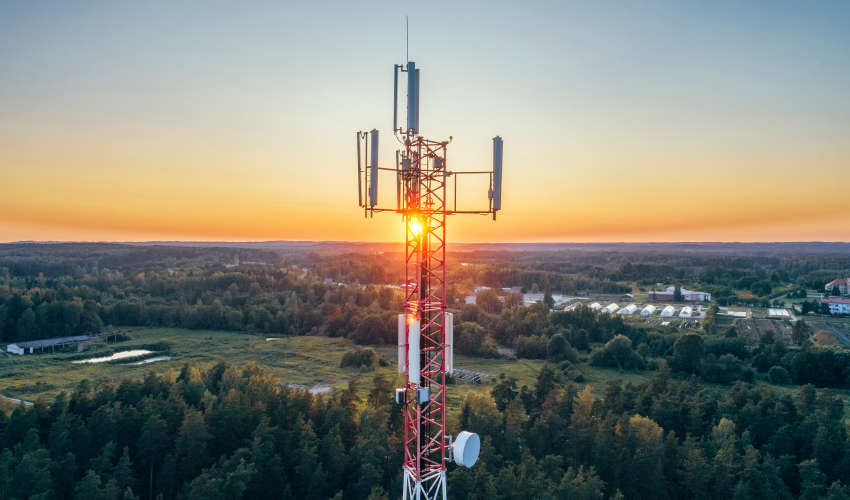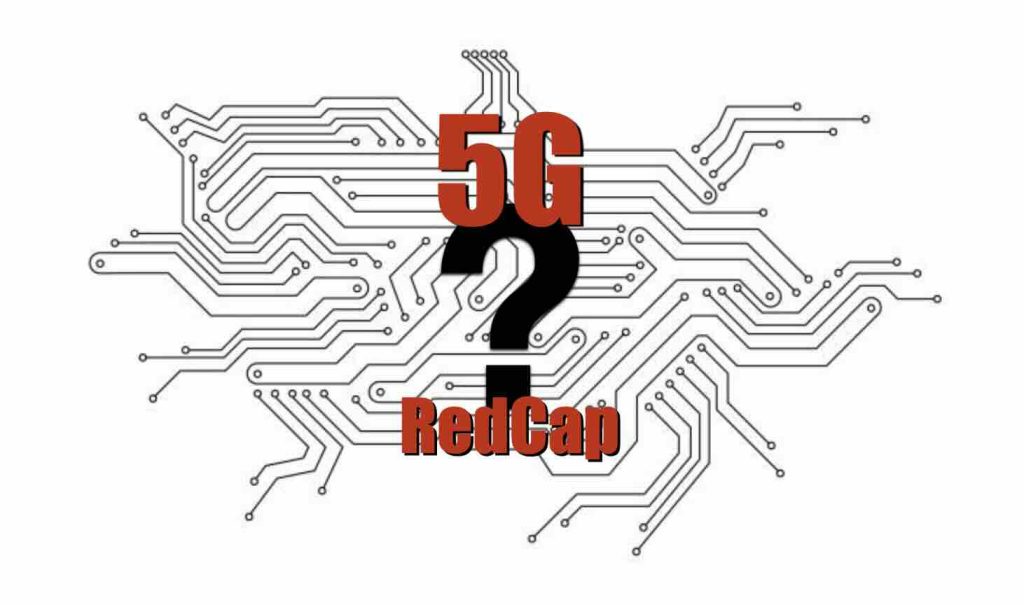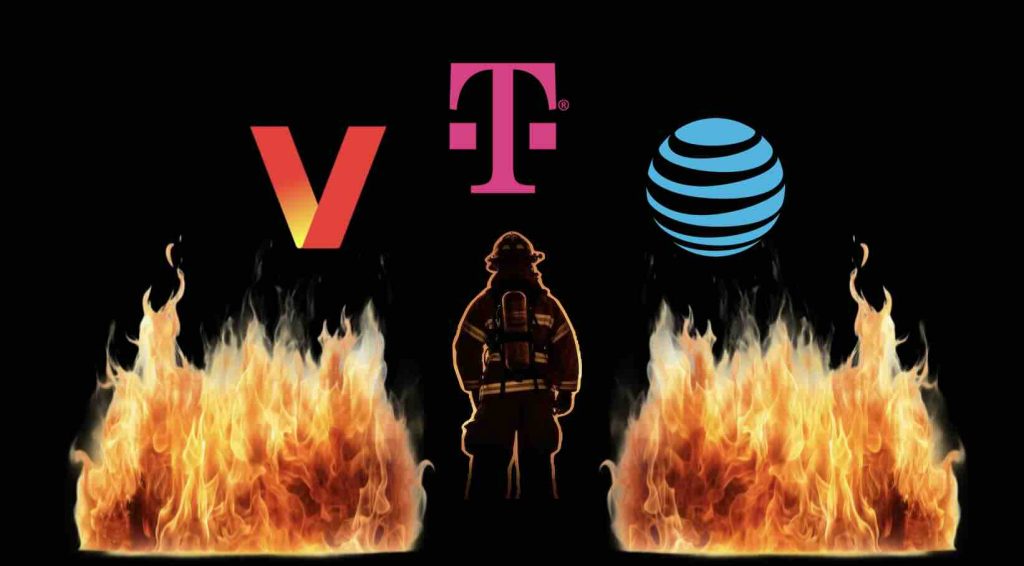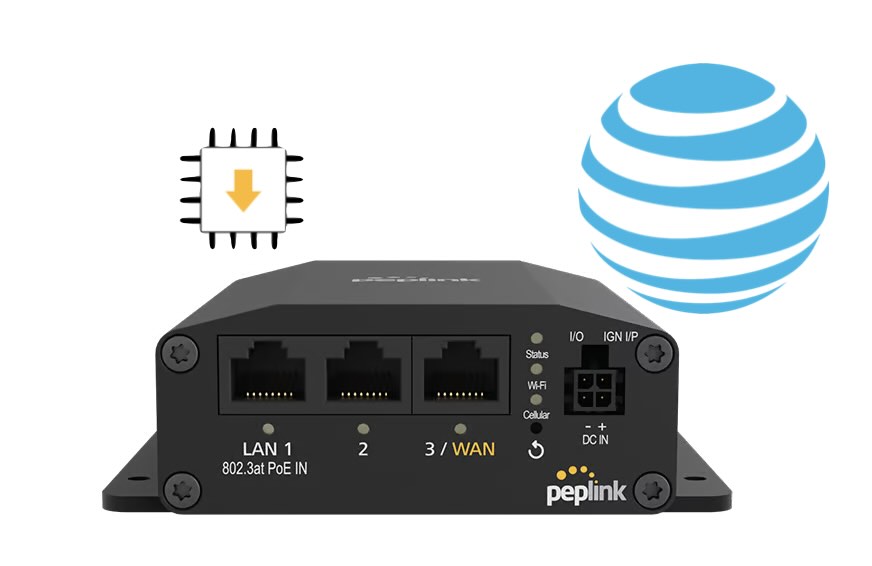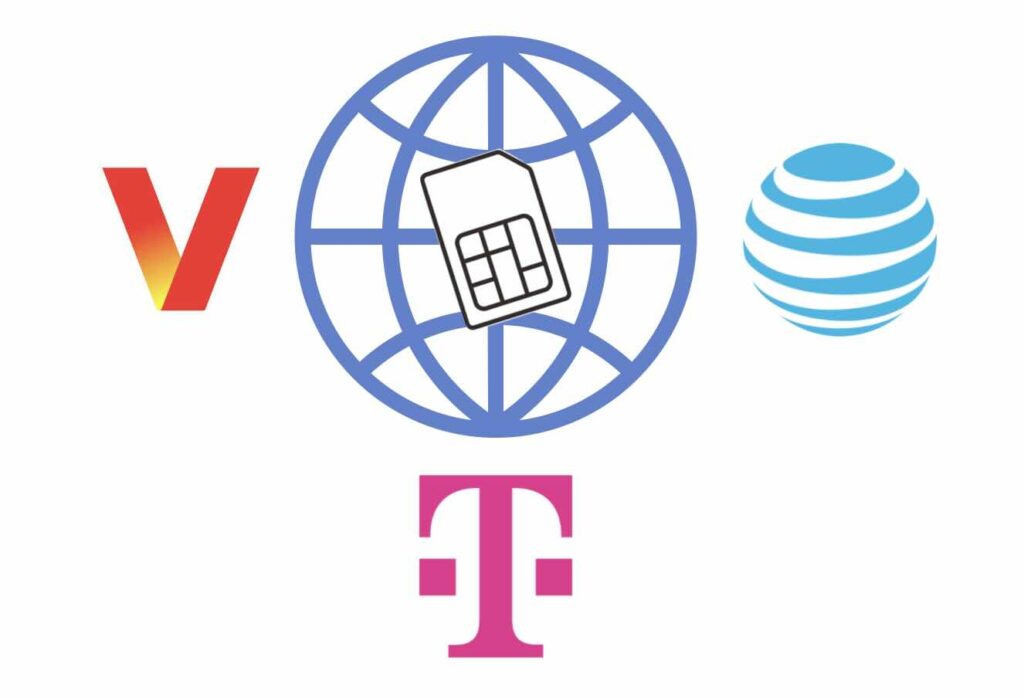In a significant advancement for public safety communications, AT&T, in collaboration with the First Responder Network Authority (FirstNet Authority), has announced the launch of 1,000 new cell sites across 46 states and the District of Columbia. This expansion, completed nine months ahead of schedule, underscores a commitment to enhancing the FirstNet network, the nation’s only broadband […]
Tag: AT&T
Ookla’s Speedtest Report: Outstanding Mobile Connectivity Performance in the U.S. (2H 2024)
It’s finally here. The latest Speedtest Connectivity Report from Ookla. Once again, we get to see how our major cellular carriers stack up against each other. This particular mobile connectivity report provides an in-depth analysis of network performance across the United States for the second half of 2024. Based on millions of consumer-initiated tests, the […]
What is 5G RedCap and Why Does it Truly Matter?
As 5G continues to evolve, a new innovation known as 5G RedCap (short for “reduced capabilities”) is poised to play a pivotal role in expanding the reach and versatility of 5G networks. Introduced in the 3GPP’s Release 17, RedCap aims to address the needs of mid-tier IoT applications by providing a cost-effective, power-efficient alternative to […]
How Cellular Providers Are Assisting During Southern California’s Wildfire Crisis
The ongoing wildfire crisis in Southern California has caused devastation across numerous communities. In response, major cellular providers, including Verizon, AT&T, and T-Mobile, are stepping up to help affected residents stay connected during this challenging time. Here is an overview of the initiatives and support measures these companies are implementing to ensure reliable communication and […]
Quickly Resolve AT&T Connection Issues on Your Peplink MAX BR1 Mini
If you’re experiencing AT&T connection issues with your Peplink MAX BR1 Mini HW3 (hardware version 3), you’re not alone. Despite having correct settings, adequate signal strength, and proper provisioning, your Cellular WAN may still fail to connect to AT&T or FirstNet. This guide will walk you through troubleshooting steps and a proven solution to get […]
The Race for eSIM and Fixed Wireless Access (FWA): How Verizon, AT&T, and T-Mobile Could Conquer Future Data
The rise of eSIM technology is transforming industries and reshaping how we think about connectivity. When combined with Fixed Wireless Access (FWA), eSIM offers significant opportunities for both businesses and consumers to enjoy high-speed internet without the need for physical SIM cards. The competition between major carriers—Verizon, AT&T, and T-Mobile—is intensifying as they race to […]
Verizon Wins Over T-Mobile in RootMetrics Study
Two reports from mobile analytics company RootMetrics provide a comprehensive look at the performance of network carriers in the first half of 2024. These studies reveal some significant shifts in the 5G landscape, highlighting changes in speed, reliability, and availability rankings among the top carriers: Verizon, T-Mobile, and AT&T. Key Findings from RootMetrics’ 5G Testing […]
Feud Over FirstNet Expansion: AT&T vs. Verizon
A heated debate has arisen between telecommunications giants AT&T and Verizon over a proposal aimed at boosting service for emergency responders. The Wall Street Journal reported on Monday that AT&T is lobbying regulators to allocate more wireless frequencies to FirstNet, a dedicated network for public safety established in 2017. Verizon, however, argues that this move […]
AT&T Suffers A Nationwide Outage
Amidst our highly connected lives, a nationwide outage from one of the major cellular providers in the USA is happening again as of today, June 4, 2024. In a statement sent to CNN, AT&T said a problem is preventing several of their customers from completing calls between carriers. Yes, that actually means that if you’re […]
J.D. Power Report Reveals 5G FWA Dominates in Customer Satisfaction
Recent findings from the J.D. Power report on residential internet service provider satisfaction have unveiled a significant trend: 5G Fixed Wireless Access (FWA) is leading the pack in customer satisfaction among various internet service types. With scores ranging from 775 to 825 on a 1,000-point scale, depending on the provider, 5G FWA outshines other technologies […]

